COMPUTING BOOLEAN STATISTICAL MODELS
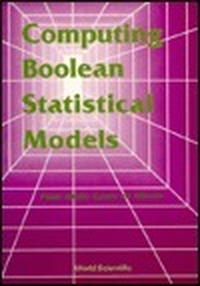
Summary
Computer Simulation is a very important tool in modern science, playing an intermediate role between theoretical models and experiments. In particular, an important fraction of the human knowledge about critical phenomena and phase transitions is due to computer simulations performed on statistical models. In this text, a class of statistical models that allows parallel processing using conventional hardware is treated using only personal computers. This class of systems is defined on a discrete lattice of points, and every point holds a Boolean variable that can assume only two values, 1 or 0, these can be associated to the logical values true and false respectively. The parallel processing is possible due to the Boolean operations AND, OR, XOR (for exclusive OR) and NOT provided by any digital computer.The strategy shown in the text consists of storing the state of the system bit by bit in computer words (each one with 16 bits in our personal computer) and processing them in parallel through fast bitwise logical operations. Using this strategy, various problems like the exact computation of the thermodynamic properties of small systems (for real space renormalization group calculations) and the Monte-Carlo simulation of uniform ferromagnets, spin glasses, and related models is treated. An interesting application of those calculations is an annealed square lattice spin glass where ferro and antiferromagnetic bonds are allowed to migrate along the lattice, used for testing an entropy-induced mechanism of charge pairing recently proposed for ceramic superconduc-tors. Some cellular automata rules are also treated by the same method. Fully connected neural networks with more than 108 synapses were simulated (the largest simulation up to now, as far as we know) and processed by our PC in a few minutes. Applications of large neural network simulations are also presented.
Similar Books
-
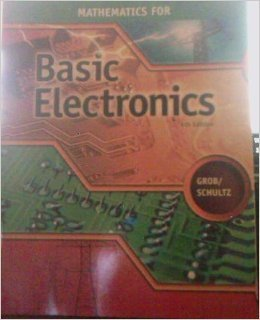 Mathematics for Basic Electronics
Mathematics for Basic Electronicsby McGraw-Hill Education
-
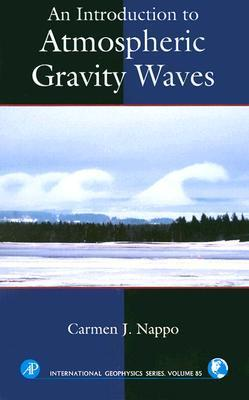 An Introduction to Atmospheric Gravity Waves
An Introduction to Atmospheric Gravity Wavesby Carmen J. Nappo
-
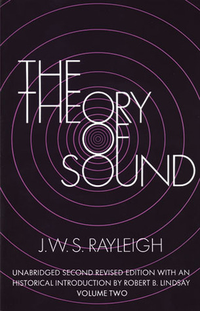 The Theory of Sound, Volume Two
The Theory of Sound, Volume Twoby J.W.S. Rayleigh
-
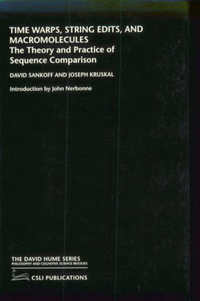
-
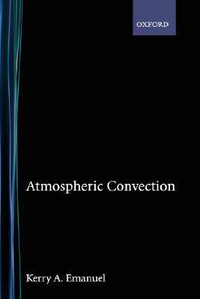 Atmospheric Convection
Atmospheric Convectionby Kerry Emanuel
-
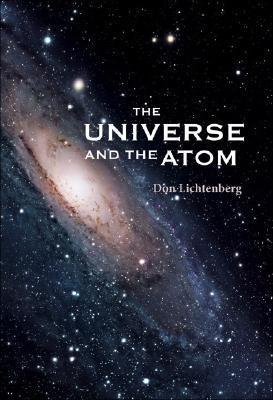 Universe and the atom, the
Universe and the atom, theby Don Lichtenberg
-
 Fredholm Theory in Banach Spaces
Fredholm Theory in Banach Spacesby Anthony Francis Ruston
-
 An Introduction to Global Spectral Modeling
An Introduction to Global Spectral Modelingby T.N. Krishnamurti
-
 Topologically Stable Defects and Solitons in Ordered Media
Topologically Stable Defects and Solitons in Ordered Mediaby V.P. Mineev
-
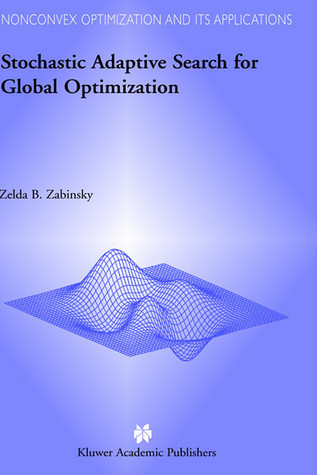 Stochastic Adaptive Search for Global Optimization
Stochastic Adaptive Search for Global Optimizationby Zelda B. Zabinsky
-
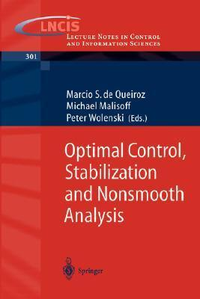 Optimal Control, Stabilization and Nonsmooth Analysis
Optimal Control, Stabilization and Nonsmooth Analysisby Marcio S. De Queiroz
-
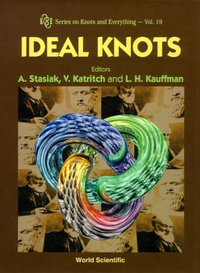 Ideal Knots
Ideal Knotsby Andrzej Stasiak
-
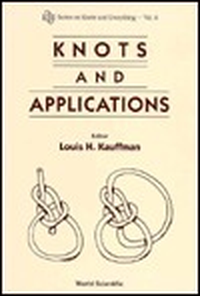 Knots and Applications
Knots and Applicationsby Louis H. Kauffman
-
 Inverse Scattering for Wave and Diffusion Equations
Inverse Scattering for Wave and Diffusion Equationsby D.T. Borup
-
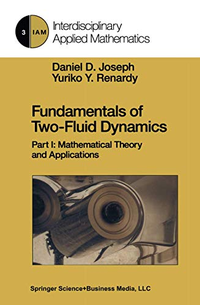 Fundamentals of Two-Fluid Dynamics: Part I: Mathematical Theory and Applications
Fundamentals of Two-Fluid Dynamics: Part I: Mathematical Theory and Applicationsby Yuriko Y. Renardy Daniel D. Joseph
-
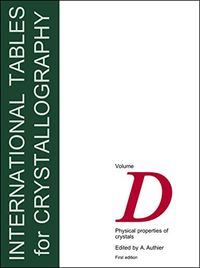
-
 Seismic Wave Propagation in Stratified Media
Seismic Wave Propagation in Stratified Mediaby B.L.N. Kennett
-
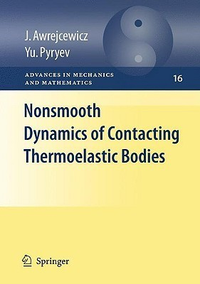
-
 Image processing in well log analysis
Image processing in well log analysisby Mark Grigorevich Kerzner
-
